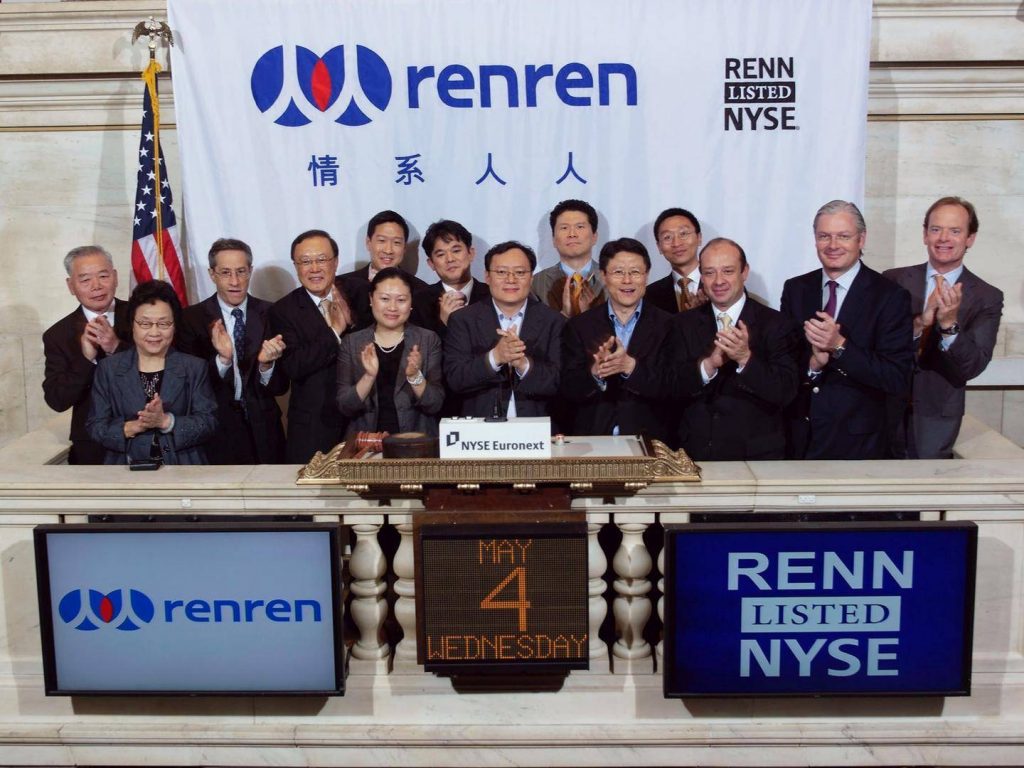Once valued at roughly $7.5 billion, Renren’s decline over the past decade is symbolic of the broader commercialization of social media spaces.
Late last year, a new app with a familiar name quietly appeared on Apple’s App Store: Renren.
In 2011, back when the tech industry was hailing the social networking site as China’s answer to Facebook, Renren was valued at roughly $7.5 billion. But the past nine years have not been kind to Renren, which has been overtaken by competitors ranging from microblogging platform Weibo and messaging service WeChat to short video apps like Douyin — known outside of China as TikTok — and Kuaishou. Faced with mounting competitive and financial pressures, in 2016 Renren shifted gears and started promoting tacky soft-core livestreaming. The move cost it whatever loyal users it had left, and two years later the company, by then a husk of its former self, was sold off for a mere $20 million.
Yet for a great number of Chinese who went to university in the late 2000s and early 2010s, the name Renren still carries weight: The site was for many the go-to social network of the era, a place where you could kill time in class posting photos, sharing your emotions, or even writing articles for a wider audience. Although Renren never produced as many influential commentators as the more explicitly political Weibo, it did offer a rare arena for political debates, including after the 2011 Wenzhou high-speed train crash.
Alas, it’s wishful thinking to try and profit off nostalgia, and even a cursory glance at the new app suggests Renren is a shadow of its former self. But if the program’s release was quickly subsumed by the relentless churn of 2020’s news cycle, the rise and fall of Renren can still offer a window into some of the ways the internet landscape has evolved over the past decade. Continue to read the full article here.
– This article originally appeared on Sixth Tone.






